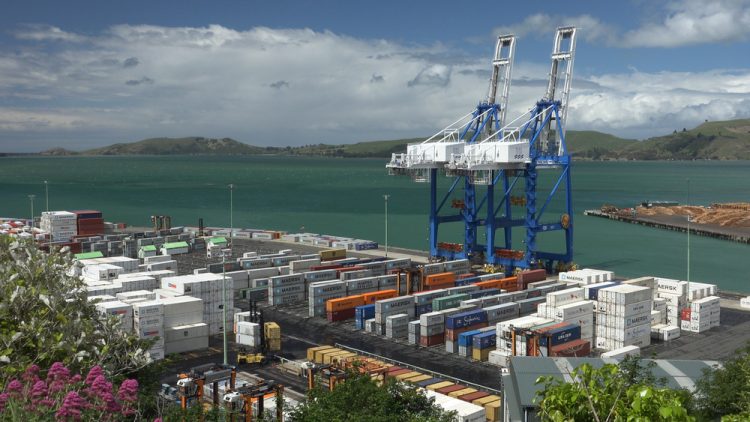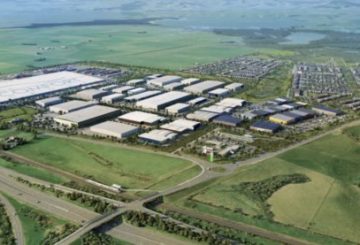뉴질랜드 달러 하락은 경제적으로 이익보다 더 많은 손실을 초래할 수 있다.
뉴질랜드 달러(NZD)는 지난 3개월 동안 미 달러(USD) 대비 8% 이상 하락했으며 15개월 만에 최저치인 65.3센트로 안정세를 보이고 있다.
미국 준비은행의 통화 척도인 무역 가중 지수는 17개 주요 교역국의 통화 바스켓(basket of currency)으로 약 18개월 만에 최저치를 기록했다.
이는 수출업자들에게는 수익이 뒷받침되는 반면, 수입 기업들과 소비자들에게는 가격 및 부채 처리 비용을 증가시킨다.
BNZ 선임 시장 전략가 Jason Wong은 준비 은행의 금리 인상으로 유제품 가격 강세와 통화 강세가 예측되지만 뉴질랜드는 거대한 글로벌 물결을 지켜볼 수 밖에 없었다고 말했다.
“미국 연준의 금리 인상에 대한 기대가 뉴질랜드 달러에 큰 영향을 미쳤다. 우리 준비 은행이 해온 일은 실제로 뉴질랜드 달러의 변화와 큰 관련성이 없었다.”
미국 연방준비제도이사회(FRB)를 비롯한 중앙은행들도 같은 조치를 취할 예정이어서 금리 인상도 키위를 끌어올릴 가능성은 낮았다.
Wong씨은 뉴질랜드의 중요한 움직임을 보려면 세계 경제 전망에 더 정통해야 한다고 조언했다.
“뉴질랜드가 빛을 발한 시기는 지난해로 글로벌 성장세 및 상품 가격이 상승하고, 우리 연준이 곡선으로 금리를 올리던 때”라고 말했다.
“기적이 일어날 수도 있고 뉴질랜드가 변화를 일으킬 수도 있겠지만, 실제로는 미국 달러가 주도할 것이라고 생각한다.”
인플레이션이 경제에 마이너스를 기록한 반면 뉴질랜드 달러화 약세는 수출기업에 긍정적이었다.
“수출업자들은 현재 많은 수익을 올리고 있을 것이다. 뉴질랜드 수출 상품이 높은 가격대를 형성하고 있다. 이를테면 유제품, 육류, 키위 등인데 이들 모두 세계 가격 측면에서 매우 높은 편이다. 이 조합은 수출 증대에 유리하다”면서 반대로 통화 약세가 수입업자에게는 불리하며 이는 소비자 물가 상승으로 이어질 것이라고 말했다.
결론적으로 뉴질랜드 달러 약세는 실제로 경제에 좋은 신호는 아닌 것이다.





























































